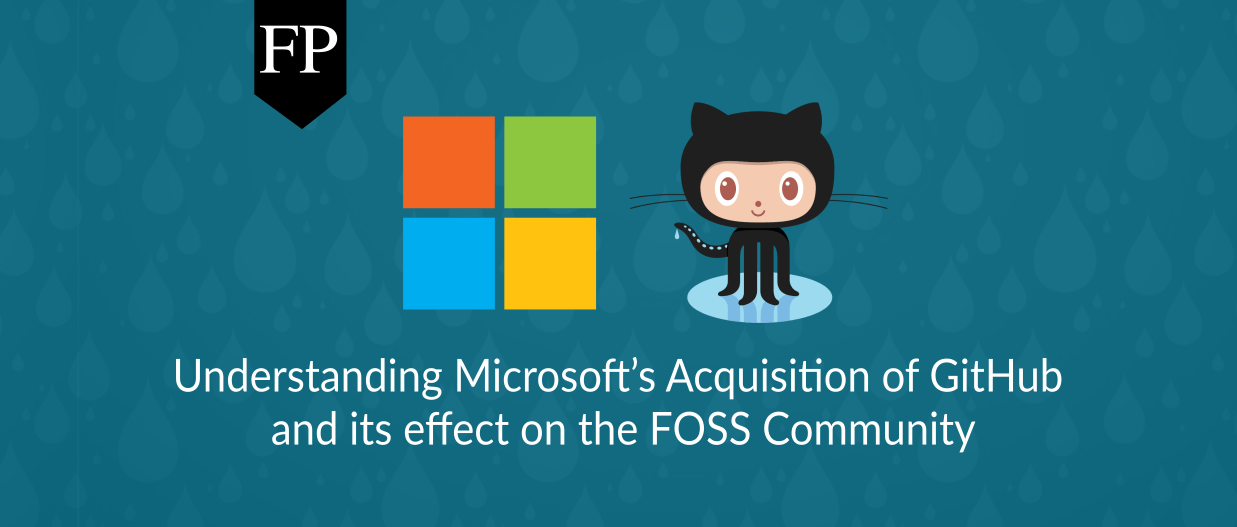

- GITHUB DESKTOP ENTERPRISE HOW TO
- GITHUB DESKTOP ENTERPRISE SOFTWARE
- GITHUB DESKTOP ENTERPRISE PLUS
- GITHUB DESKTOP ENTERPRISE DOWNLOAD
You can see that this is our latest commit that we just pushed up. So finally, jumping back into BitBucket, we look at the commits.
GITHUB DESKTOP ENTERPRISE DOWNLOAD
And at the same time, it's going to download any changes that have been pushed into the remote repository that we don't have locally. You see that this one file or one commit. And here we can push back up to the remote repository. We can commit to master in the local repository. So here is our most recent edit on this file. And you'll notice here now that the Index.html file is showing that it's been changed, as per this icon, and it's clever enough to actually show the lines between the last commit and the current change. And we'll jump back into the GitHub client.

Now if we jump back into the terminal and what we'll do is we'll open up this directory inside Visual Code. So if we jump back into BitBucket, again if we reload, you can see our file. We'll push it up to the remote repository being held within BitBucket. We'll commit to master as our local repository. This time, we'll call it first commit of project. So the staging will be done for us in the background, but we'll give it an initial message.
GITHUB DESKTOP ENTERPRISE PLUS
Okay, this time as mentioned, we're going to use the GitHub Desktop Client to manage this.Īnd you can see here that Index.html is showing up as a changed file with this plus icon, which means we need to stage it and then commit it. And you can see that it's showing up as an untracked file. C-A demo slash index, into this directory. So again, we'll copy an existing file in one of the previous directories.

So if we jump back into the terminal, and we now do a directory listing in our demos folder, you can see again that we've got a new local repository, this time named CADemo3. Click Clone, and the Desktop Client clones it and manages it for us. And we're going to put it into our demos folder. And then we'll add in the repository, since we're going to use the client to manage it.

At this time, we'll use the GitHub Desktop Client. This time we'll select HTTPS and we'll copy the URL, copy. And then we've successfully created the repository. We'll call it CADemo3, ensuring it's a Git repository, clicking the create repository button. Again, the first thing we'll do is we'll create a new repository. In this next demonstration, we're going to do the same thing again, but this time we're going to use a third-party desktop client, the GitHub Desktop Client, in fact, to manage our repository. To discover more content like this, you will find all of our training in the Cloud Academy Content Training Library. Version control and associated workflowsĪfter completing this course we recommend taking the ' Introduction to Continuous Integration' Course.
GITHUB DESKTOP ENTERPRISE SOFTWARE
GITHUB DESKTOP ENTERPRISE HOW TO
Recognize and explain how to perform all basic Git related tasks such as creating and cloning a repository, branching, and merging.Assess the benefits of using BitBucket to manage and secure your software engineering assets.Learn how to effectively use BitBucket to manage and maintain your software projects.Understand the basic principles of version control as implemented using the Git protocol and.All of the skills that you will gain from doing this course will yield a tangible dividend for the projects with your enterprise allowing you to use, control and manage BitBucket to manage and maintain your software products. This course would appeal to a range of job roles including software developers, build and release engineers and DevOps practitioners. This course, made up of 8 lectures and 14 demos, will expertly teach and explain how to perform Git-related tasks along with implementing and connecting BitBucket to third parties while always being aware of the various security options available. Take this beginner-level course on 'Atlassian BitBucket' to delve into the core principles and applied benefits for your software projects.


 0 kommentar(er)
0 kommentar(er)
